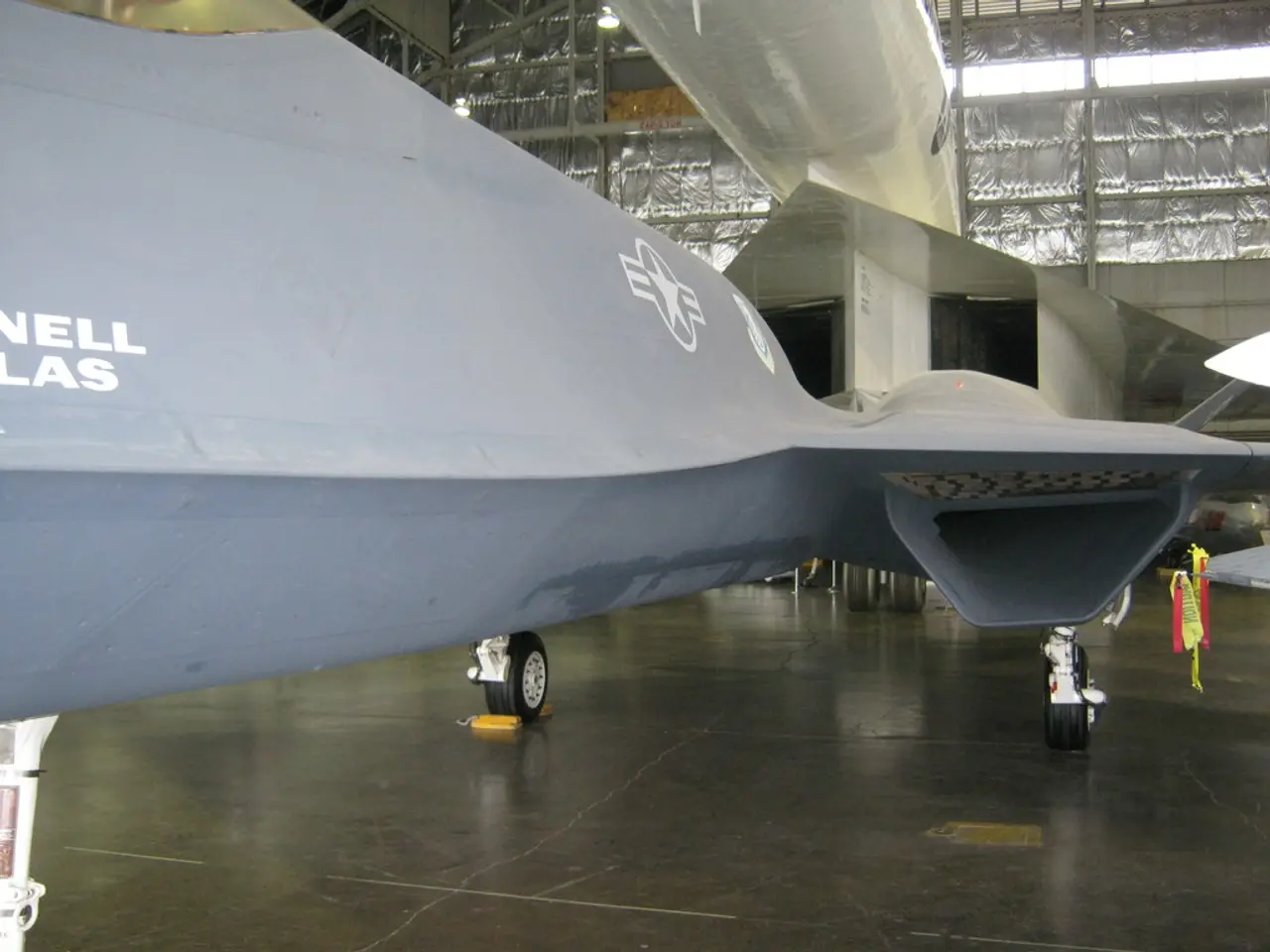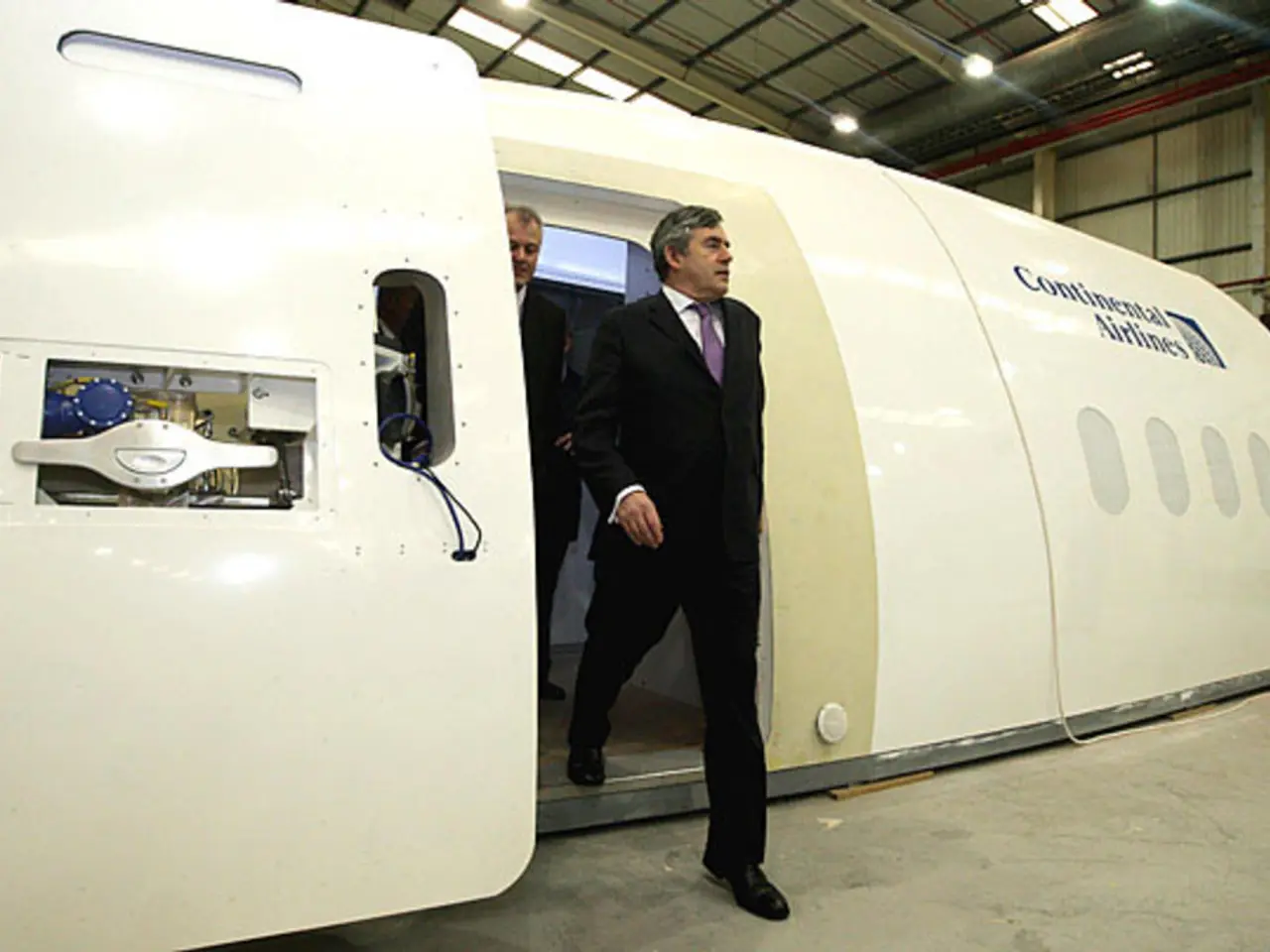Airlines are mandated to perform fuel switch verifications; here's the reason behind it.
The Federal Aviation Administration (FAA) in the United States maintains that the fuel control switch locks on Boeing aircraft are safe, and does not consider the issue an immediate airworthiness concern [1][3]. However, following the crash of Air India Flight 171, several international aviation regulators and airlines have taken precautionary steps to inspect the fuel control switch locking mechanisms on their Boeing 787 and 737 fleets.
Preliminary investigations into the Air India Flight 171 crash indicated that the fuel control switches had been deliberately turned off before the crash [2][4]. In response, India’s Directorate General of Civil Aviation (DGCA) ordered all Indian carriers operating Boeing 787 and 737 aircraft to inspect the locking mechanisms on fuel switches, with a deadline of July 21 to complete fleet-wide inspections [2].
The preliminary report also revealed that in the aircraft's final moments, cockpit voice recordings captured one pilot asking the other why the fuel had been cut, and the second pilot replied, "I did not do so" [2]. Despite these findings, Boeing is not recommending any additional inspections or changes to operating procedures in response to the investigation.
In a move to ensure safety, Etihad Airways issued an internal directive to its Boeing 787 pilots last week, instructing them to exercise caution when handling the fuel control switches [1]. South Korea is also preparing to instruct its domestic airlines to inspect the fuel control switches on Boeing jets, aligning with FAA guidance issued in 2018 [1].
The FAA's advisory, issued in 2018, recommended operators of several Boeing models, including the 787, to inspect the locking features of fuel cutoff switches to prevent accidental movement [1]. However, Air India did not conduct these inspections, citing the non-mandatory nature of the advisory [2].
The switches were found to have moved to CUTOFF nearly simultaneously shortly after takeoff, but investigators have not yet determined how or why that occurred [1]. The throttle control module, which contains the fuel switches, had been replaced on the aircraft in both 2019 and 2023 [1]. Despite this, all relevant airworthiness directives and service bulletins had been complied with by Air India [2].
While the FAA’s position is that the locking feature issue does not currently warrant a mandatory fix or airworthiness directive, regulators and operators outside the U.S. have taken more precautionary steps, implementing immediate checks on affected aircraft to ensure safety as investigations continue [2]. This difference reflects a more conservative approach internationally compared to the FAA’s current assessment, which primarily involves warnings and monitoring rather than mandatory grounding or fixes [1][3].
- In light of the Air India Flight 171 crash, the international aviation industry and several airlines have taken precautionary steps to inspect the fuel control switch locking mechanisms on their Boeing 787 and 737 fleets.
- Etihad Airways and South Korea's domestic airlines, following the lead of international regulators, are preparing to instruct their Boeing pilots to exercise caution when handling the fuel control switches and conduct inspections on affected aircraft, respectively.





